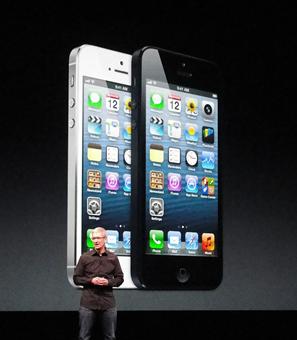
Apple Sets New Rules
The Cupertino tech giant has changed the rules with the iPhone 5 release. The company simply developed two versions of this new product. If you wish to use your smartphone with GSM SIM-cards and CDMA, you will have to purchase two units since one unit supports only one carrier. Why did it happen? Experts say things have changed because of the 4G LTE support. If you read the specs page provided by Apple, you will learn that three iPhone 5 versions are planned to be released. There will be:- A1428 GSM
- A1429 CDMA
- A1429 GSM

Locked to One Carrier
Thus if you buy the Verizon iPhone 5 CDMA you will be locked to this operator. If you choose the AT&T GSM device you will be locked to it.Recent Blog

Ultimate Guide: How to turn Off Restricted Mode on iPhone?
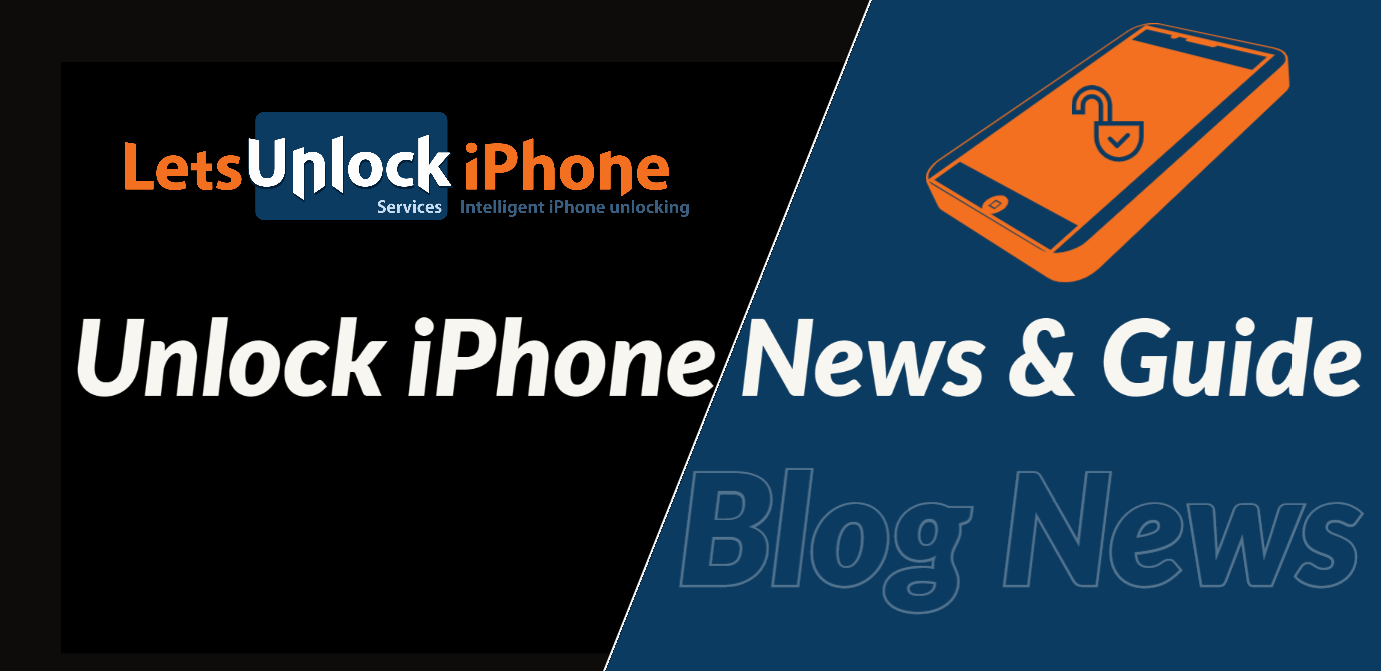
Automate Apple GSX check result obtaining?

iRemove Unlock iPhone 5S, 5C, 5, SE, 4S/4 Software

MacOS High Sierra Features: Set Up Websites in Safari on Mac
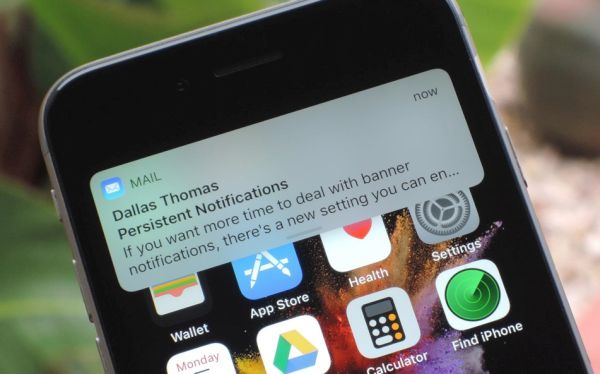
How to Enable iOS 11 Mail Reply Notification on iPhone 7
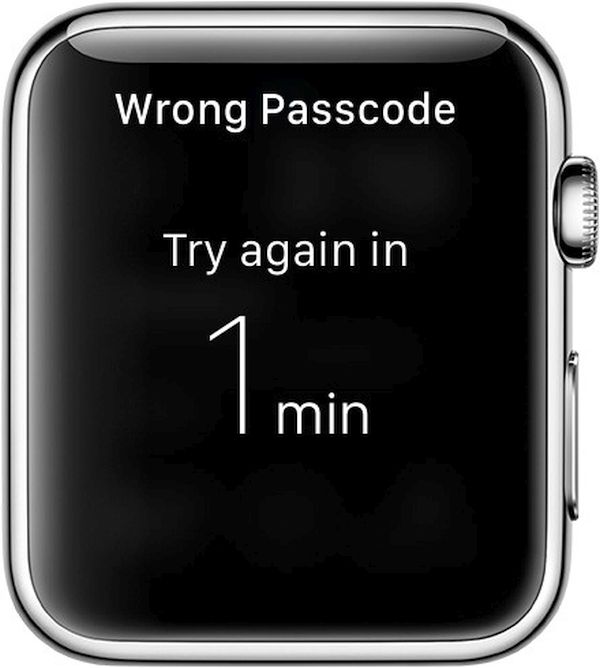
How to Bypass Apple Watch Passcode Problem
LetsUnlock Services List
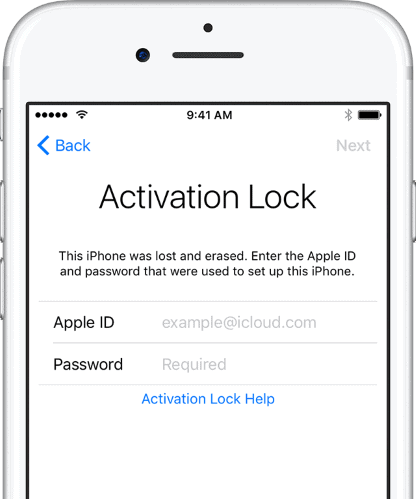
iPhone & iPad Activation Lock Bypass
Use LetsUnlock iCloud Tool to bypass Activation Lock Screen on iPhone and iPad running on iOS version up to 14.6.
Read More
Unlock Passcode Disabled iPhone or iPad
LetsUnlock iCloud Tool is ready to remove Find My and unlock your passcode disable device running on iOS 13.x.x in one click!
Read More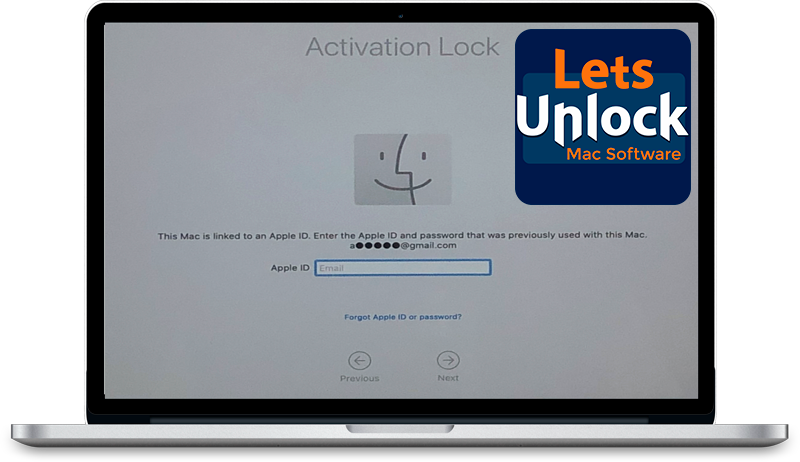
MacOS iCloud Activation Lock Bypass
The LetsUnlock Mac iCloud Activation Lock Bypass Tool will help you to remove Activation Lock on an iCloud locked Mac which is stuck on Activation Lock Screen with no need to enter the correct Apple ID and password.
Read More
Mac EFI Firmware Passcode Bypass
The LetsUnlock EFI Bypass Tool is a one button solution, which you click to start the EFI Unlock process. Bypass EFI with out password! Everything else does the software.
Read More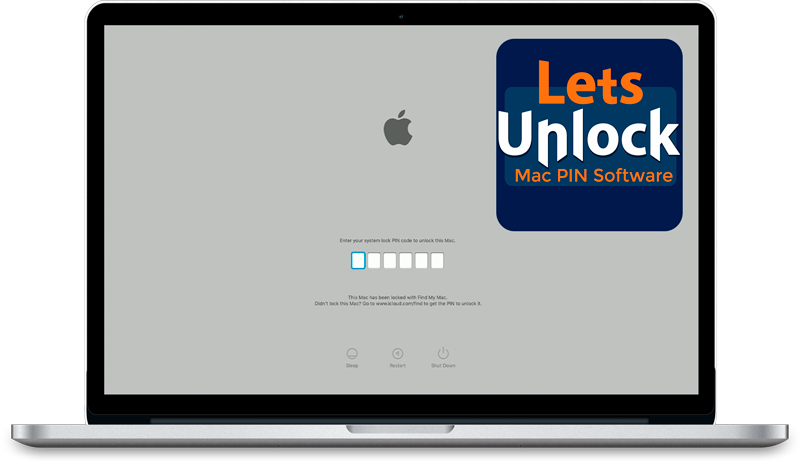
MacOS iCloud System PIN Bypass
The LetsUnlock MacOS iCloud System PIN Bypass Tool was designed to bypass iCloud PIN lock on macOS without passcode!
Read More